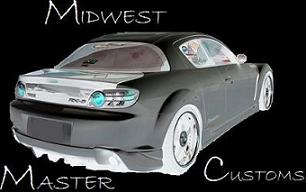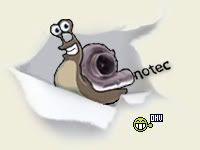20 basic tech questions on Cylinder head porting
The first 5 questions involve alot of basic info so i will skip around alittle as i'm sure anyone reading this has at least an idea of what head porting is.
Now for the questions involving what you should ask your head porter
1. How much does it cost?
This is an obvious question, but some porters charge more than others and the type of head in question can also affect pricing. For example, port matching only, costs less than matching and chamber work. Prices vary, but remember you get what you pay for.
2. What services do i get for my money?
Do you deliver a bare head? Does the price inlcude the porter delivering a completely assembled head back to you? Is the valve job part of the price? The price quote includes only labor costs. Any upgraded components (valves, valvesprings,etc.) are an additional charge to you.
3.What is your specialty?
Work with a head porter who is familiar with the idiosyncrasies of your application. A 300zx specialist should know that the casting shifts in the water jacket area affects the number three cylinder. A Honda specialist should know to not alter the intake port angle or a B18 or the exhaust port angle of a B16 because they flow perfectly from the factory. A suburu guy should know that bigger valves aren't the right call on EJ20s because there's little room between the valve seats to accommodate bigger units without eventually cracking the valve seal.
4.Do you flow bench the heads you work on?
Port flow Designs Tom Fujita says he's often asked, "How much power will the head make?" He doesn't qoute power gains becahse engines tuners make the power, head porters deal in airflow only. Flow bench testing is performed before and after the work and the cfm numbers illustrate the improvments in flow attained by the porter. It's also important to know what lift (.050) the valves are at during testing.
Now the questions a good head porter should ask you.
5. Is it an all-motor or forced induction engine?
Flow characteristics of these two motors are very different,and their operating characteristisics will have an impact on the porting strategies used on the head. Fujita says he widens the 45-degree cut on valve jobs for forced induction motors to get a better seal in a pressurized enviroment and the added contact area pulls heat out of the valve.
6. How much boost is the turbocharged or supercharged engine making?
The pressure and volume of air forced into the engine is key to the ported head's performance.
7. What kind of cam are you running?
Cams run the airflow show. they open and close the valves,and their lift and duration controls the flow of air in and out of the engine. The valve overlap of the cam is also a major consideration.
8. What are the spring retainer specs?
Some retainers are designed to be recessed,which affects the size of the spring being used and when it will bind.
9.What is current/desired compression ratio?
Combustion chamber work can be an opportunity to alter the compression ratio. Removing material lowers the compression ration while welding in material is a way to increase the compression ratio.
10.What do you intend to use this vehicle for, Street or Strip?
This question will give the porter info he needs regarding the expected powerband of the engine, how fast the engine will be asked to turn and other important clues to creating a head that delivers on its power promise. It's also another opportunity to gauge the enthusiast's commitment and ensure the proper valvetrain parts are being used.
11.Will a factory intake gasket or a custom setup be used?
This info is needed to properly port-match the head and intake manifold
Excerpts borrowed from a December 2003 issue of Turbo magazines article 20 Basic tech questions on Head porting.
J~















